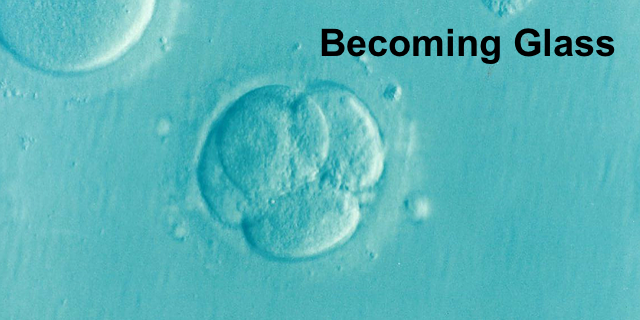We are surrounded by glass but most people don’t know the first thing about it. Glass is a strange substance: It is partly a solid and partly a liquid.
What does this mean? The atoms of solids are packed close together. If they are crystalline, they are in regular, repeating patterns. The atoms in liquids are not in a regular pattern and move about sliding past each other. Liquids have volume but take the shape of their containers.
The reason why we can see through glass is that the atoms of glass are not in a regular order. Glass is formed by heating a substance until it is liquid then rapid cooling. The process is called vitrification.
A recent letter to the editor in the New England Journal of Medicine (NEJM) describes a strange finding of vitrification of human brain tissue. When Mt. Vesuvius erupted in 79 AD, the intense heat of the volcanic material, 520 degrees celsius or 968 degrees F, devastated the two communities of Herculaneum and Pompeii. In the case of one man, a medical archeologist has found glass materials in his remains with the same protein and fat consistency as the brain.
Though an unusual finding, apparently medicine has found a use for vitrification which has made in-vitro fertilization more successful. Both eggs and embryos are essentially turned to glass to preserve them. One of the problems of freezing cells is the formation of ice crystals in the cells. When that occurs because the crystals are sharp, they can rupture the cell membranes. Also, the expansion when water turns to ice can rupture cells.
Unlike glass formation in which sand and other solid elements are heated to liquid form then rapidly cooled, eggs and embryos are in liquid form already so heating is not necessary. Ultra-rapid cooling is used: using liquid nitrogen cells of an embryo are cooled at a rate of around 5000 degrees per minute. Prior to this rapid cooling, cryoprotectants are used to remove much of the water from the cells so that ice crystal formation is kept to a minimum. The cells are also frozen in tiny straws which allow the cells to cool as quickly as possible.
Changing from this glass like state is achieved in a warming and rehydration process. Processes to enhance fertilization or ease implantation occur during the 20 minutes it takes to warm the eggs and embryos.
Because of the amazing properties of glass, more couples are able to have children.
Feature Image by Elena Έλενα Kontogianni Κοντογιάννη from Pixabay






What a fantastic explanation of a complex phenomenon